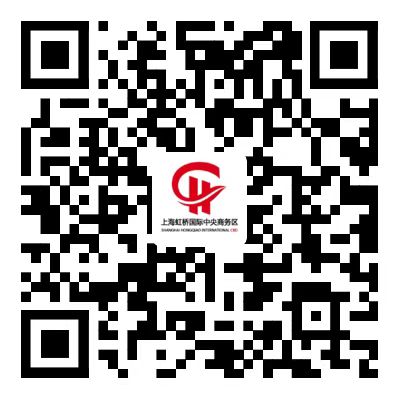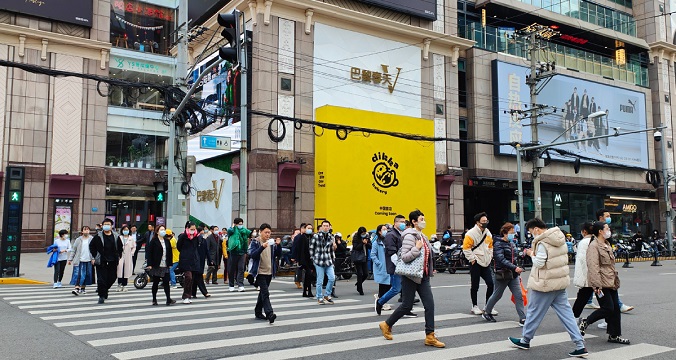

People walk on a street in Shanghai, Dec 8, 2022. [Photo/IC]
Starting from Friday, enclosed entertainment venues and dining services will no longer require guests to produce nucleic acid test results before entry, Shanghai health authorities said on Thursday.
From Friday, COVID-19 patients who exhibit mild symptoms or asymptomatic cases can undergo home quarantine if their living conditions meet quarantine requirements or opt to go to a quarantine facility.
This move is in line with the latest 10-point guideline released by the State Council's Joint Prevention and Control Mechanism on Wednesday, said Wu Jinglei, deputy director of the COVID-19 epidemic prevention and control office in Shanghai, during a news conference on Thursday.
A previous policy that prevented domestic travelers to the city from visiting certain public venues within the first five days of arrival was also axed on Thursday. Visitors also no longer need to take a nucleic acid test every day for the first three days.
"Nucleic acid test results are not mandatory for visits to most of the city's public venues, except for senior care homes, children welfare facilities, medical institutions and schools, including daycare centers for pre-kindergarten children," Wu clarified.
Wu also encouraged the city's residents to be proactive about epidemic prevention and be adequately vaccinated against COVID-19.
He noted that the city has seen a rebound in the number of locally transmitted cases since October, with most of the infected individuals being inbound visitors. In November alone, the city reported 1,446 locally transmitted cases - roughly the same as the combined figure for June, July, August and September.
"But considering that the predominant Omicron variant is generally mild, we are not panicking," said Wu, referring to the case numbers.
According to Ning Guang, a member of the Chinese Academy of Engineering and the president of Ruijin Hospital, most patients infected with the Omicron subvariant are asymptomatic.
"Others usually suffer from symptoms such as a sore throat, fever and muscle ache, and can recover after just a few days of rest at home," said Ning, during the news conference.
The infectious diseases team at Shanghai Huashan Hospital has estimated that 99.5 percent of new infections may not need to go to the hospital. The team, led by Zhang Wenhong, director of the Department of Infectious Diseases at the hospital, made the estimate in an article published on its official WeChat account on Thursday.
"Both the public and the government only need to focus on one thing - how to provide beds for 0.5 percent of people who need to be hospitalized, so that 99.5 percent of infected people can be treated at home," read the article.
The statement was a reference to the implementation of the COVID-19 triage treatment protocol released by the National Health Commission on Wednesday. The protocol stipulates the appropriate treatment measures for different groups of individuals infected by the virus.
According to Wen Daxiang, director of the Shanghai Health Commission, the city's medical system has been tuned in accordance with the protocol to ensure all infected people receive timely treatment.